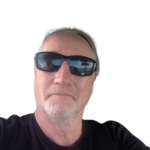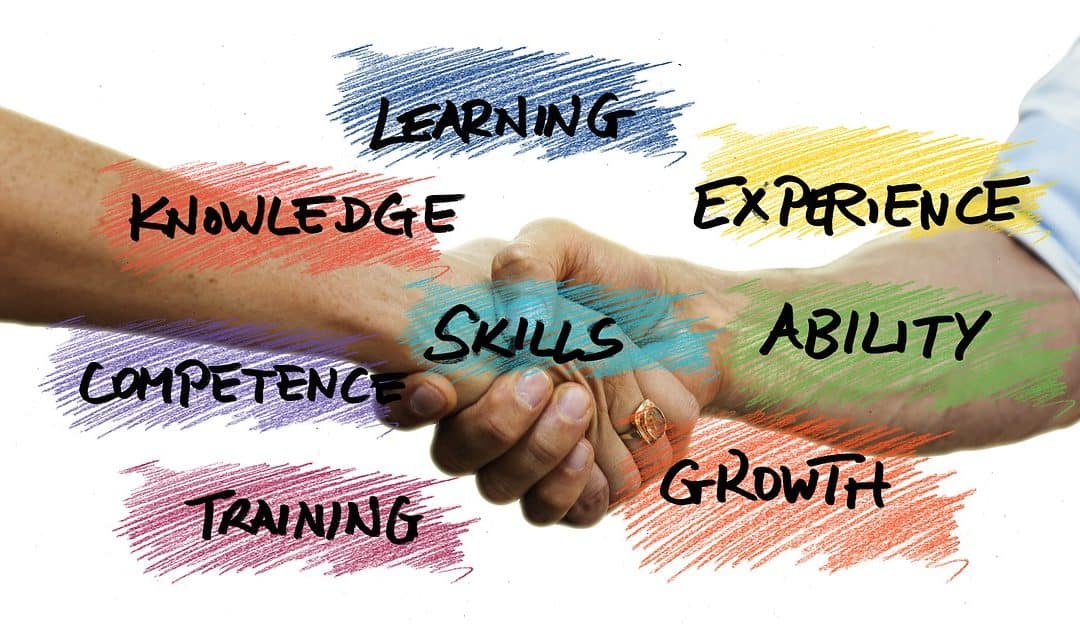
10 Marketing Tips to Thrive in 2025
Picture this: It’s 2025, and marketing feels more like a chess match than a sprint. AI is rewriting emails, your competitors are experimenting with augmented reality ads, and platforms you’ve never heard of are suddenly generating massive engagement. Welcome to the future of marketing.
In Australia, digital ad spending is projected to reach $14 billion by 2025, with businesses increasingly prioritizing personalization and innovation. But here’s the kicker: While many marketers will double down on generic strategies, the real winners will be those who dare to stand out. This guide isn’t about rehashing common advice; it’s about sharing creative, actionable, and often overlooked strategies to ensure your marketing stands tall in 2025.
1. Embrace Negative Reviews
Why Negative Reviews Can Build Trust
Negative reviews can feel like a gut punch, but here’s the reality: Consumers trust brands with a mix of reviews more than those with a perfect score. A study by BrightLocal found that 85% of consumers believe online reviews with flaws are more authentic.
Actionable Steps:
- Highlight Imperfection: Share balanced reviews on your website and social channels to show transparency.
- Respond Thoughtfully: Address negative reviews professionally and show steps you’re taking to improve. This fosters credibility.
- Turn Feedback Into Content: Use common complaints to create blog posts or videos explaining how you’ve addressed these issues.
Example:
An Australian skincare brand shared user feedback highlighting both positive and critical experiences. Their honesty led to a 30% increase in conversions, proving that trust drives sales.
2. Create What AI Can’t
Standing Out in a Sea of AI Content
With AI tools like ChatGPT generating generic articles and ads, standing out requires producing content that only humans can create—original studies, brand storytelling, and unique perspectives.
Actionable Steps:
- Conduct Surveys: Run surveys with your audience and publish the results as industry insights.
- Build Emotional Stories: Share behind-the-scenes stories of your brand or customers. Emotional resonance can’t be faked by AI.
- Collaborate with Creatives: Work with writers, videographers, and designers to create high-quality, original content.
Example:
A Sydney-based fitness studio produced a video series featuring real client transformations. The authenticity helped them attract a 200% increase in engagement on Instagram.
3. Think Beyond Blogs for SEO
Expanding Your SEO Horizons
Blogs have long dominated SEO strategies, but in 2025, smart marketers are targeting platforms where people naturally search: TikTok, Reddit, and niche forums. TikTok SEO, for example, is growing, with users treating it like a search engine for product recommendations.
Actionable Steps:
- TikTok Keywords: Use trending hashtags and phrases in video captions to rank for niche queries.
- Reddit Communities: Engage in discussions and provide value without hard-selling.
- Visual SEO: Optimize video and image descriptions for Google and social platforms.
Example:
An Australian travel agency posted TikTok videos titled “Hidden Beaches in Sydney.” These videos ranked for local searches, driving 20% more traffic to their website.
4. Empower Internal Influencers
Turning Employees Into Brand Ambassadors
In 2025, brands that leverage employee voices will humanize their messaging and create deeper connections. After all, people trust people more than they trust brands.
Actionable Steps:
- Social Media Spotlights: Encourage employees to share their work experiences on LinkedIn or Instagram.
- Employee Advocacy Programs: Provide incentives for employees to promote the brand online.
- Content Takeovers: Allow team members to “take over” your brand’s social accounts for a day.
Example:
A Melbourne-based tech startup launched an “Employee Spotlight” series on LinkedIn. The posts boosted job applications by 50% and improved brand perception.
5. Diversify Marketing Channels
Exploring New Platforms
Sticking to the same platforms year after year can limit your reach. In 2025, brands need to explore emerging spaces like BeReal or AR-enhanced shopping apps to tap into fresh audiences.
Actionable Steps:
- Experiment With New Apps: Set aside a portion of your budget to test platforms gaining traction with your target audience.
- Monitor Trends: Use tools like Google Trends to identify emerging channels.
- Adapt Quickly: Create content tailored to the quirks of each platform.
Example:
A Brisbane-based café gained 10,000 followers on BeReal by sharing authentic, unfiltered behind-the-scenes content.
6. Train AI to Reflect Your Brand Voice
Consistency in an Automated World
As AI tools become integral to marketing workflows, ensuring they reflect your unique tone is key. Without customization, AI risks producing generic or tone-deaf messages.
Actionable Steps:
- Set Guidelines: Train AI models with examples of your preferred tone and phrasing.
- Audit Outputs: Regularly review AI-generated content to ensure quality and brand alignment.
- Blend Human Oversight: Pair AI efficiency with human creativity for the best results.
Example:
An Australian fashion retailer trained AI to write emails in their playful, quirky style. This personalization led to higher open rates compared to generic AI emails.
7. Focus on Problem-Solving Content
Becoming a Resource, Not Just a Brand
Content that solves problems builds trust and loyalty. When people see your brand as a helpful resource, they’re more likely to choose your products or services.
Actionable Steps:
- FAQs That Go Deep: Create detailed, useful answers to common customer questions.
- Video Tutorials: Show how to use your products or services effectively.
- Interactive Tools: Develop calculators, quizzes, or checklists that provide immediate value.
Example:
An Australian real estate agency built a “Mortgage Calculator” tool that became their website’s top driver of leads.
8. Build a Marketing Moat with Customer Insights
Outpacing Competitors Through Data
A “marketing moat” is your competitive edge—something competitors can’t easily replicate. In 2025, that moat will be your deep understanding of customer behavior.
Actionable Steps:
- Conduct Interviews: Speak directly to customers to uncover insights beyond data points.
- Segment Deeply: Use data to create hyper-targeted campaigns for specific audience segments.
- Personalize Experiences: Use insights to tailor every interaction, from emails to ads.
Example:
A Canberra-based fitness app segmented users based on activity levels, resulting in higher retention rates.
9. Break Through Selective Attention
Standing Out in a Crowded Space
With shorter attention spans, creating impactful, attention-grabbing content is critical. Bold visuals, clear CTAs, and interactive elements can help.
Actionable Steps:
- Start Strong: Hook audiences in the first three seconds with bold visuals or questions.
- Interactive Campaigns: Use polls, quizzes, or gamification to engage users.
- Prioritize Clarity: Avoid overcrowding ads or landing pages; keep the message simple and direct.
Example:
An Australian charity used a quiz-based campaign to drive donations, boosting engagement by 60%.
10. Incorporate Negative Space in Campaigns
The Art of Minimalist Design
Negative space (or white space) isn’t wasted space—it’s an opportunity to focus attention. Clean, uncluttered designs improve comprehension and engagement.
Actionable Steps:
- Focus on One CTA: Avoid overwhelming users with multiple competing actions.
- Simplify Layouts: Use negative space to draw attention to key elements like headlines or buttons.
- Test Designs: A/B test different layouts to find the most effective balance.
Example:
An Australian fintech app redesigned their homepage to feature one bold CTA, improving conversions by 25%.
2025 isn’t just about adapting; it’s about thriving. The brands that succeed will be those that innovate, connect authentically, and provide real value. From leveraging negative reviews to embracing minimalist design, these strategies will ensure your marketing stands out in an increasingly crowded space.
Ready to take the leap? Start implementing these tips today, and watch your brand thrive in the marketing landscape of tomorrow.
I hope this serves you,
 Red
Red
Drop us a Line 📞 🗝 (02) 42444411
Follow Us on Social ⏬⏬
















